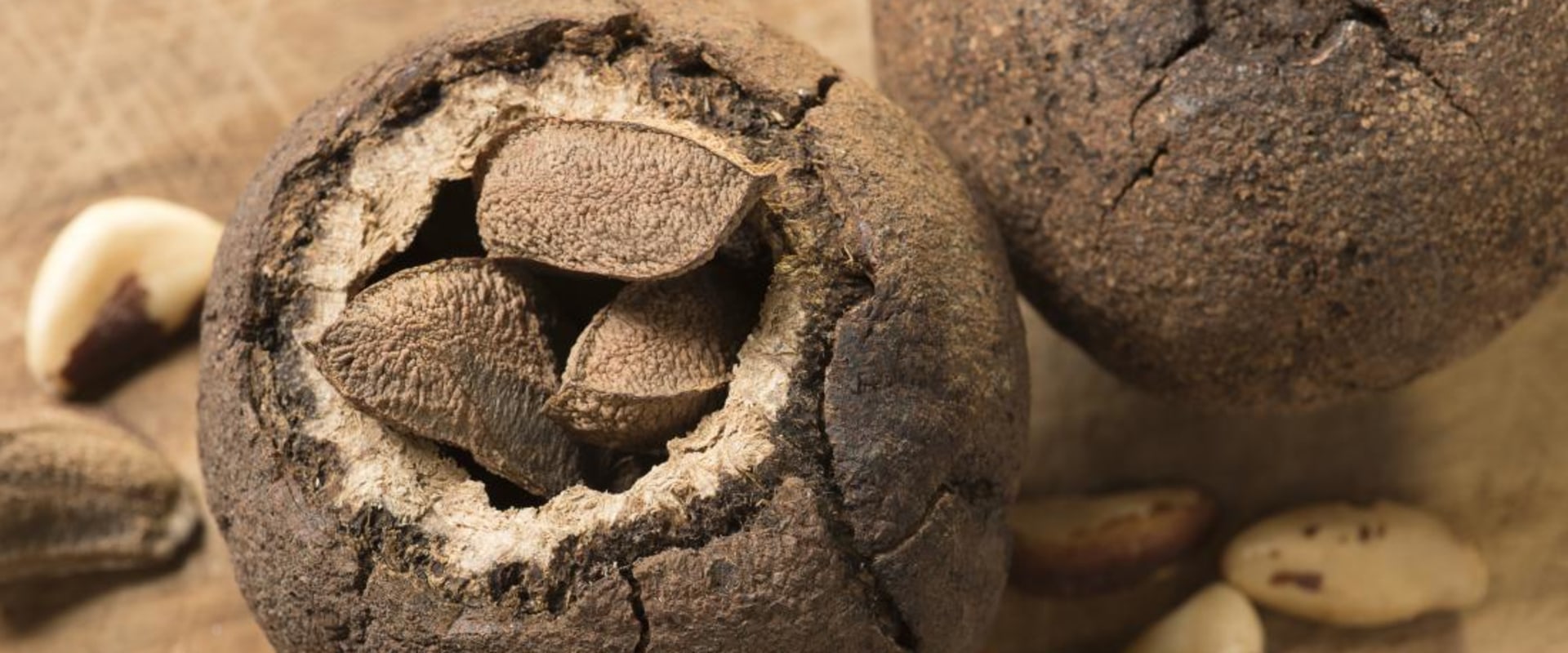You'll be surprised how many.
Brazil nuts
are walnuts that grow from tall tropical trees in the Amazon rainforest. They grow in large shells that look like coconuts. Inside the shell, you'll find 8-12" in Brazil nut shell.Those individual nuts have shells, which gives us the edible Brazil nut. In addition, Brazil nuts, due to their high oil content, tend to go rancid if stored for too long. To maximize shelf life, store shelled Brazil nuts in a cool, dry place in a sealed container. They can even be stored in the refrigerator or freezer for even more storage.
With some brands and types of Brazil nuts that aren't as fresh, they will be darker and have an unpleasant taste or smell. Once cracked, the core goes through several lines of quality control where women's teams work to select “chias”: rotten or damaged nuts. The last piece of the puzzle is the agouti, a small animal resembling a guinea pig; the only animal around with teeth sharp enough and jaws strong enough to open the woody shell and reach the nuts inside. The Strange Way Brazil Nuts Grow One of the strangest things about Brazil nuts, Bertholletia excelsa, is the way they grow.
But before modern use, there were several things that made Brazil nuts rare, and not least of all was the difficulty in harvesting them. The rains are delayed for a couple of weeks and, since rain is needed for Brazil pods to fall, harvesting may be a little later this year. The high selenium content of Brazil nuts also discourages the aging process and boosts the immune system. Agoutis will eat some of the walnuts and then bury the rest for later, effectively planting the Brazil nut seeds.
Traditionally, most processing factories have used the manual cracking method, but more recently several plants have been converted to a mechanical cracking system to remove individual nut shells from kernels. Most of the factory employees are women, since men tend to be picking nuts in the woods. They are also grown in Paraguay, Peru, Venezuela and Brazil (although not as much as you might think). We also recently visited the Amazon in Bolivia and it was very interesting to meet with some of the collectors and see how walnuts are harvested.
Scientists have found that if you remove even one of these agoutis, orchid or orchid bee puzzle pieces, chestnut trees simply cannot survive or reproduce. Brazil nuts are high in minerals, including zinc and magnesium, and contain useful amounts of phosphorus, copper, and iron. The Argires Snacks team is dedicated to preparing delicious, amazingly good nuts that are delivered quickly and fresh directly to your home.

Leave Message